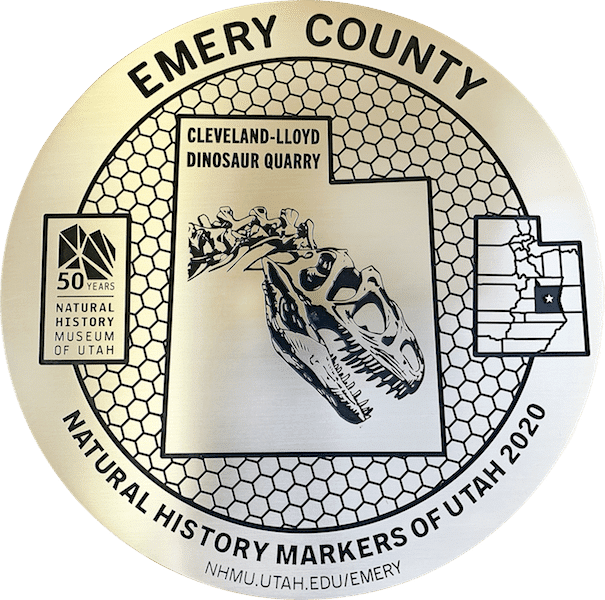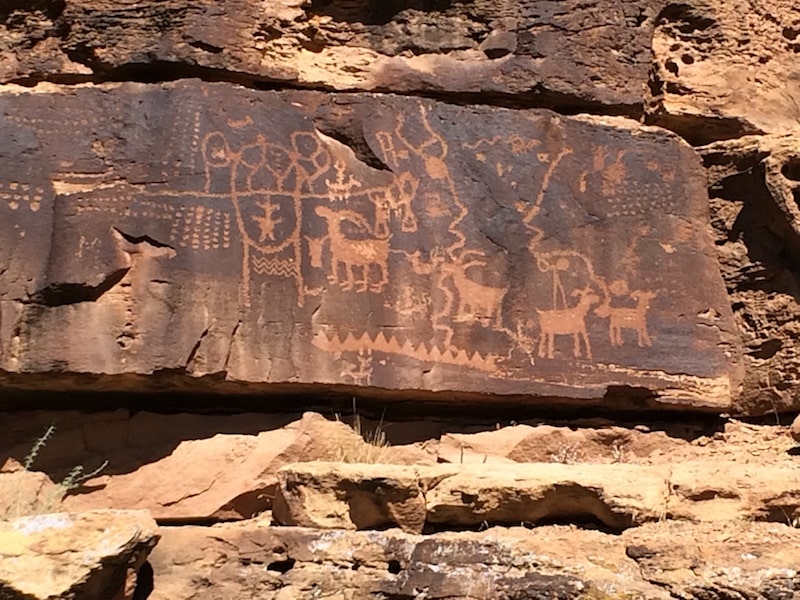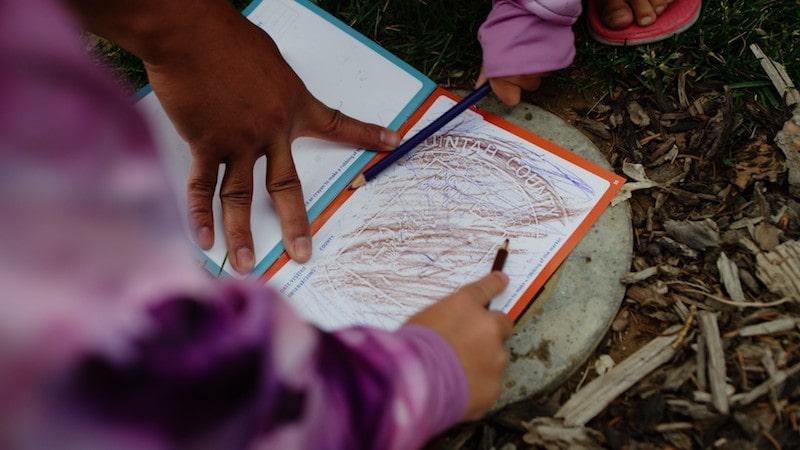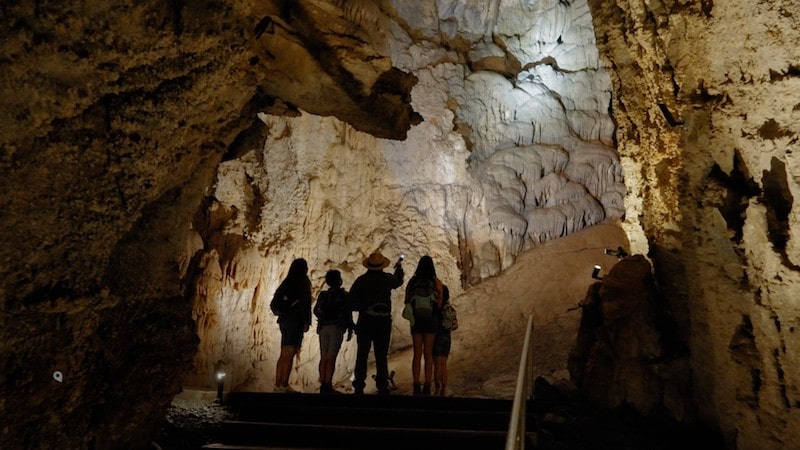
Utah’s natural history isn’t just in a museum.
As the Natural History Museum of Utah approached its 50th anniversary, staff began brainstorming ways to commemorate the occasion. The result was the newly launched Explorer Corps program. In all 29 counties throughout the Beehive State, the NHMU has identified and marked a point of natural or cultural significance for Utahns and visitors alike to discover.
“It became clear that it wasn’t about our 50th — it was about how we tell the story that natural history is not just in a museum but really all around us all the time,” says Beth Mitchell, senior manager of external communications at NHMU. “There are many spots that are considered natural and cultural history wonders in every county in Utah.”
With the help of officials in each county, NHMU set out to identify the natural wonders scattered throughout the state ― twenty nine unique sites tagged with custom-made brass markers made by Salt Lake City-based O.C. Tanner. With an app or downloadable or hardcopy “passport” (available at public and tribal libraries), explorers can find out information about how to find each marker alongside fast facts, tips and links to more in-depth information on the museum’s website.

There’s Nine Mile Canyon in Carbon County, just 42 miles outside of Price, featuring hundreds of rock art panels, granaries, houses and other archaeological sites created by Indigenous people more than 1,000 years ago; the Cleveland-Lloyd Dinosaur Quarry in Emery County, containing the densest concentration of Jurassic dinosaur fossils ever found, located near Cleveland, Utah; and the Fish Springs Wildlife Refuge at the southern end of the Great Salt Lake Desert in Juab County, which hosts more than 275 species of birds. Juab County, located south of Tooele County, gets its name from the Ute word “yoab” meaning “level plain.”
“There’s a 1,500-year-old jardin juniper tree that’s way up high in Cache County at the top of this 6-mile climb. It is the oldest Rocky Mountain juniper tree in the world. The marker itself is at the trailhead, but I think the big prize is if you do that hike,” adds Mitchell.

Located near the town of Croydon in northeastern Morgan County, Devil’s Slide is made of limestone that was laid down more than 160 million years ago, uplifted 70 million years ago, and eventually eroded into its distinctive shape over time. “Many people may have driven by Devil’s Slide on [Highway] 84 in Morgan County several times but not really realized what a geologic wonder it is,” notes Mitchell.

As part of the Explorer Corps program, NHMU launched the Race to 29!, giving people a chance to win one of two week-long adventures next summer in a Winnebago motorhome, and use the opportunity to explore all that Utah has to offer.

“We hope that people interact with the program,” says Mitchell. “We get to highlight these places and encourage people to learn about Utah and visit as we all rebuild from COVID. Hopefully, you learn something that piques the imagination of that next generation of scientists and explorers.”
Visit NHMU’s website for more information on the Explorer Corps program, to discover the 29 sites throughout Utah, and to enter the contest.
Additional content provided by David E. Jensen
Subscribe to Utah Stories weekly newsletter and get our stories directly to your inbox





